Is Kayaking Good Exercise? What Muscles Does It Work?
Do you know about Is Kayaking Good Exercise? Kayaking is a good exercise that helps work out many important muscles in your body. When you paddle a kayak, it helps make your abs, arms, back, shoulders, and legs stronger. This happens because you use these muscles over and over again when you paddle. So, kayaking is a great way to make your whole body stronger.
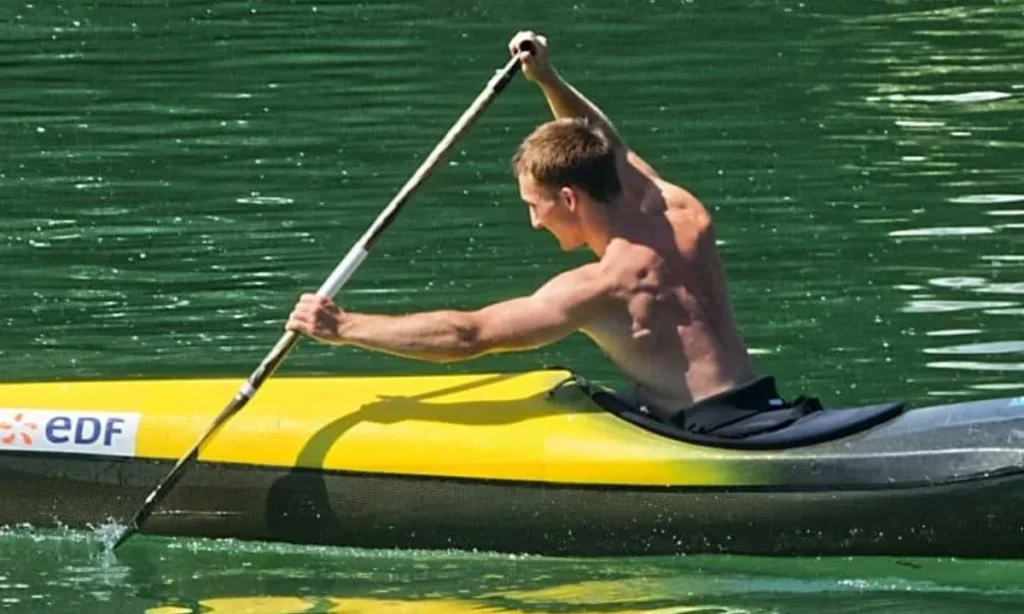
Kayaking is a great full-body workout. It uses muscles in both your upper body and lower body.
For your upper body, kayaking works your back, shoulder, arm, and chest muscles. You use these muscles to paddle and control the kayak.
For your lower body, it works your abdominal and leg muscles. You use your abs and legs to stabilize and balance yourself in the kayak. Your leg muscles also push against the footrests to help drive your stroke.
Overall, kayaking provides an excellent low-impact workout. It builds strength and endurance in most major muscle groups without being too hard on your joints. The paddling motions help improve cardio fitness too. It’s a fun way to get a full-body workout while enjoying the outdoors.
Related Article: 17 Physical and Mental Health Benefits of Kayaking
Key Features
Is kayaking good exercise?
Paddling a kayak is like getting a full upper-body workout. With every stroke of your paddle, you’ll feel it in your biceps, triceps, shoulders, back, and core. As you pull your paddle through the water, you’ll build strength in your arm and back muscles. Your lats and deltoids have to work hard to reach forward and pull back with each stroke.
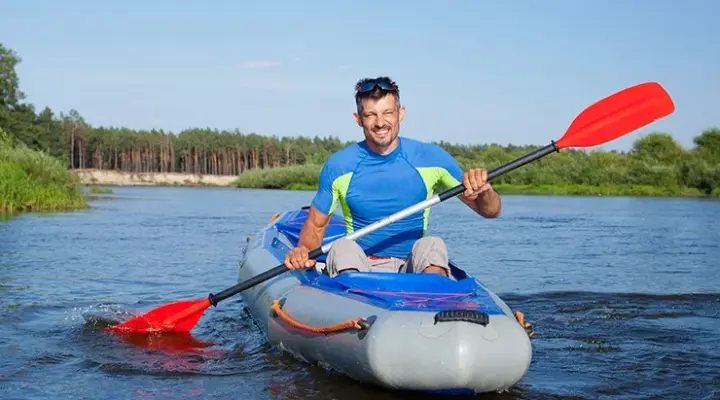
Your shoulder muscles will get toned from the constant paddling motions. The repetitive reaching and pulling work to define your arms, shoulders, and upper back. Don’t forget your core! Maintaining balance and control in the kayak engages your abdominal and lower back muscles. Staying upright against the movement of the water challenges your core stability.
Kayaking hits all the major muscle groups in your top half – arms, shoulders, upper back, lats, and core. The resistance of the water makes it an effective strength workout to build muscle tone from head to toe.
WHAT MUSCLES DOES KAYAKING WORK?
Kayaking works out many different muscle groups in your body. It’s a great exercise for your arms, back, shoulders, abs, and legs. The paddling motions target your biceps, triceps, back muscles like lats, and shoulder muscles like deltoids. Repeatedly paddling works all these upper body muscles and helps strengthen them.
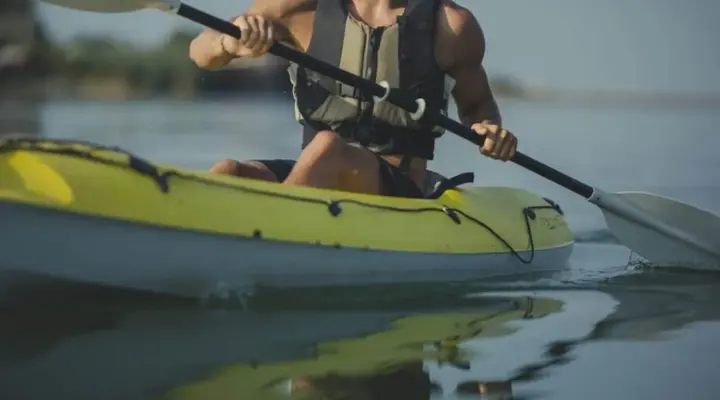
The rowing motion especially builds your back and shoulder muscles. When you reach forward and pull back with the paddle, you work your lats and deltoids. This constant reaching and pulling works the muscles hard.
Kayaking also requires you to engage your core to stay balanced in the boat. Your abs and lower back have to work to stabilize your body against the movement of the water. This gives you a good core workout too.
So in short, kayaking uses repetitive upper body motions that build strength in your arms, back, shoulders, and core. It works out all the muscle groups in your top half as you paddle against the resistance of the water.
Kayaking For Fitness
1.BACK MUSCLES
The main back muscle for kayaking is the latissimus dorsi or “lats”. The lats are large, wide muscles that transfer power from your back to your arms when paddling. Strengthening your lats through kayaking helps improve your paddle stroke.
Other important back muscles are the rhomboids in your upper back. They help rotate the shoulder blades at the end of each paddle stroke. Strong rhomboids promote good posture.
The trapezius or “trap” muscles in the middle back move and stabilize the shoulders while paddling.
It’s important to warm up and stretch these muscles before and after kayaking.
The serratus anterior muscles connect the ribs to the shoulder blades. They help keep the shoulder blades stable while paddling.
In short, Is Kayaking Good Exercise? the latissimus dorsi, rhomboids, trapezius, and serratus anterior are the main back muscles used in kayaking. Working these muscles makes paddling easier and improves posture and shoulder stability in the kayak. Kayaking strengthens these back muscles over time through repetitive paddling motions.
2.SHOULDER MUSCLES
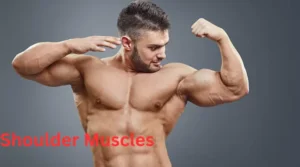
The main shoulder muscles used in kayaking are the deltoids – anterior, lateral, and rear deltoids. The deltoids form a triangle shape around the shoulder joint. They work together to transfer power from the back muscles through the arms for paddling.
The rear deltoid is closest to the back. The lateral deltoid is in the center. The anterior deltoid is closest to the chest. When you paddle, you have to reach the paddle forward and pull it back. This motion redistributes weight from your back to your shoulder muscles.
As you paddle repeatedly, the deltoids get stronger. The constant reaching and pulling works to build and tone the shoulder muscles.Is Kayaking Good Exercise? Over time, kayaking strengthens the deltoids and shoulder area. The shoulder muscles have to power each paddle stroke, so they get conditioned through regular paddling.
3.CHEST MUSCLES
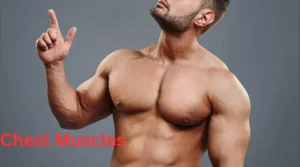
Your chest muscles are very important for paddling a kayak in Las Vegas. The main chest muscles are the small and big pecs. They help you move your arm every time you paddle. They also help you keep your shoulder still and strong. They also help you turn your body so that you can move the kayak faster. The pecs make your chest muscles strong and steady so that you can exercise well.
4.CORE MUSCLES

Your core muscles are the muscles in your belly and sides. They help you paddle by moving your body from side to side. You need to squeeze your belly muscles to use your core muscles well. When you start kayaking in Las Vegas, your muscles may feel hurt and weak for a few days. But when you get stronger, your core muscles will make kayaking easier and more fun.
Some people want to have a “six-pack” from kayaking. This means having very strong and visible belly muscles. You can get ready for a six-pack by kayaking. The paddling makes your side muscles more firm than your belly muscles. Moving your core muscles a lot will help you get a “six-pack.”
5.ARM MUSCLES
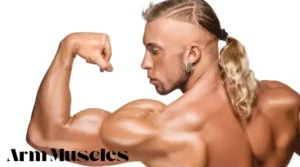
Your arms have two parts: the top part and the bottom part. The top part has two muscles: the biceps and the triceps. They help you move the paddle when you kayak. The paddle has two blades, which make your arm muscles firmer.
The bottom part of your arms has the forearms and the hands. They also work hard when you kayak. The more you kayak, the more power they have. Your arms will look good and feel strong. Your hands and forearms can do many things, like stretching and turning. At first Is Kayaking Good Exercise? , you may get tired quickly, but later you will be able to kayak for a long time.
6. LEG AND HIP MUSCLES
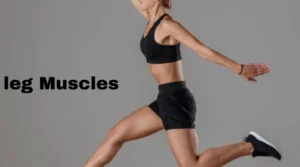
Your legs and bottom also work a lot when you kayak. Some people think that kayaking only uses your arms and top. But kayaking is good for your legs and bottom too. When you move the paddle, you push with your legs on the kayak. Your legs and bottom help you stay steady with every move. The more you kayak and the farther you go, the stronger your legs and bottom will be.
If you want to know more about Is Kayaking Good Exercise? How kayaking is good for you and how to make your muscles ready for kayaking on the water, you can talk to Blazin’ Paddles anytime.
Additional Health Benefits of Kayaking
Is Kayaking Good Exercise? Kayaking is good for your body and mind. It makes your heart and muscles stronger. It also makes you happy and calm when you go outside and away from your phone and computer.
Kayaking is fun and you can meet nice people who like it too. I love kayaking for my work and my free time. I feel relaxed when I sit in my kayak and touch the water. But sometimes I get scared by big animals in the water!
Kayaking can also help you get vitamin D from the sun. But the sun can be too bright on the water, so you need to put on sunscreen.
Is Kayaking Good Exercise? Kayaking is a good way to exercise. Exercise can help you sleep better and think better.
If you want to know more about why kayaking is great, you can read our article about it.
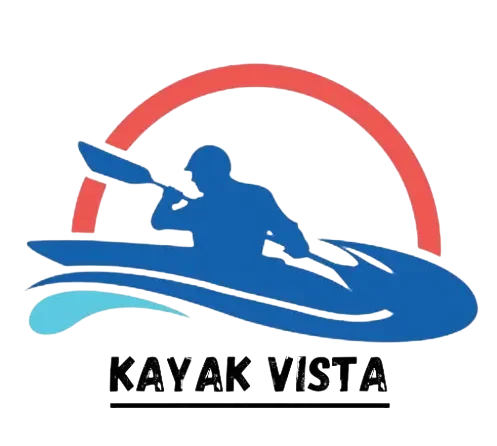
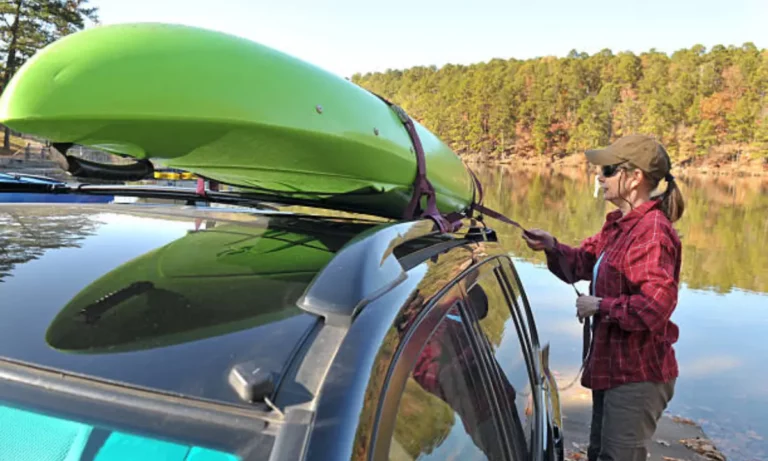


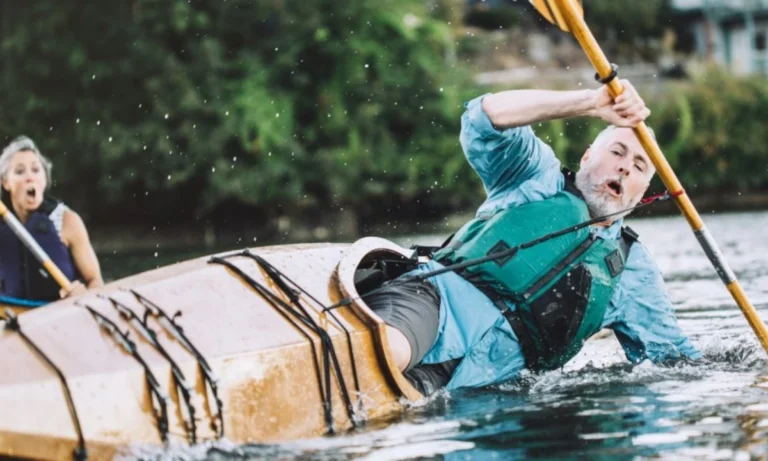


One Comment